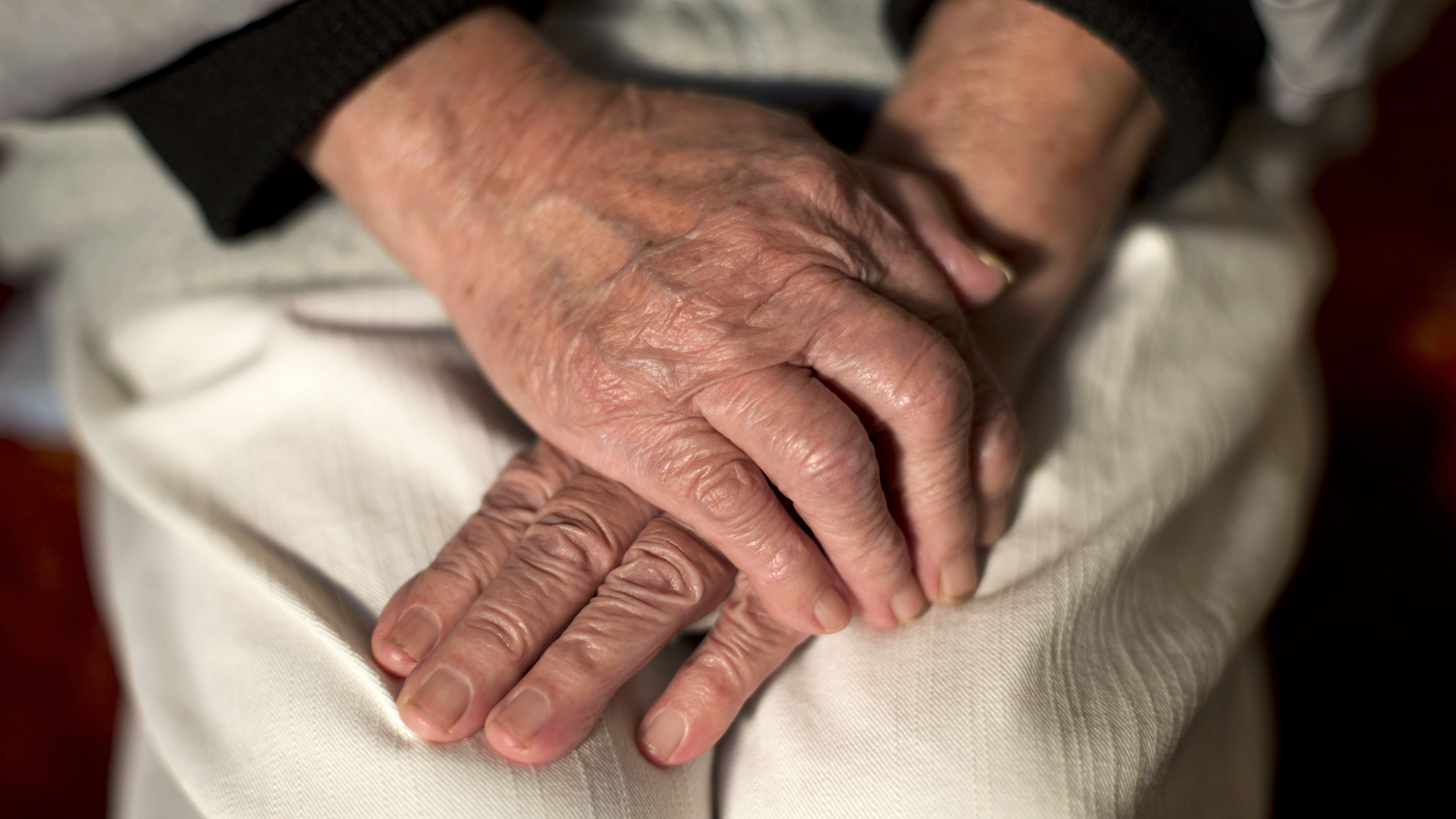
NEW smart homes have been created in Singapore to increase the safety, privacy and independence of older people as part of a research project.
During the three-year project, researchers put motion sensors in 50 one-bedroom apartments.
The motion sensors detect “unusual periods of inactivity” that could suggest a fall or health problems. This information can then be given to volunteers or medial professionals to react to the situation.
A panic-button was also installed into the pilot homes, to allow elderly residents to sound the alarm themselves.
Associate Professor Tan Hwee Pink said: “The reason we monitor inactivity is that there are situations where the person might not have access to the button. If the person is in the toilet and has fallen, he or she has probably left the panic button outside.
“In this case, the system will detect that the last activity was in the toilet and that there was no motion afterwards. After a certain period of inactivity, an alert will be sent to the caregivers.”
Project SHINESeniors, driven by a research team at Singapore Management University, wanted to find a sustainable solution to the ageing population problem by finding a safe way to allow the elderly to stay in their own homes.
“We don’t want our population to be over-stressing the hospitals, and we want them to have a good quality of life in the community they are living in,” said Dr Tan.
Interviews with participants of the pilot homes project suggest that “most of the elderly prefer to be living by themselves rather than living in an assisted living facility,” he added.
Now the trial is over, it is hoped that more smart homes will be built throughout Singapore.
None of the original participants has dropped out of the project, and many have recommended it to their friends.
“What touches me most is to hear from the elderly that the system makes them feel safe,” said Dr Tan.
READ MORE
Technology could be the key to fighting pensioner loneliness crisis
Rural pensioners to get winter fuel cash in summer in shake-up of payments//

Enjoy the convenience of having The Sunday Post delivered as a digital ePaper straight to your smartphone, tablet or computer.
Subscribe for only £5.49 a month and enjoy all the benefits of the printed paper as a digital replica.
Subscribe
